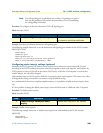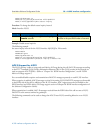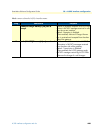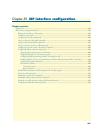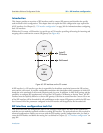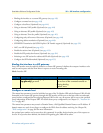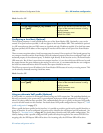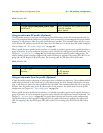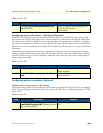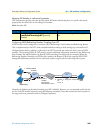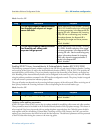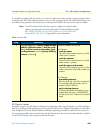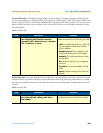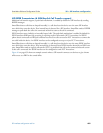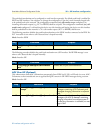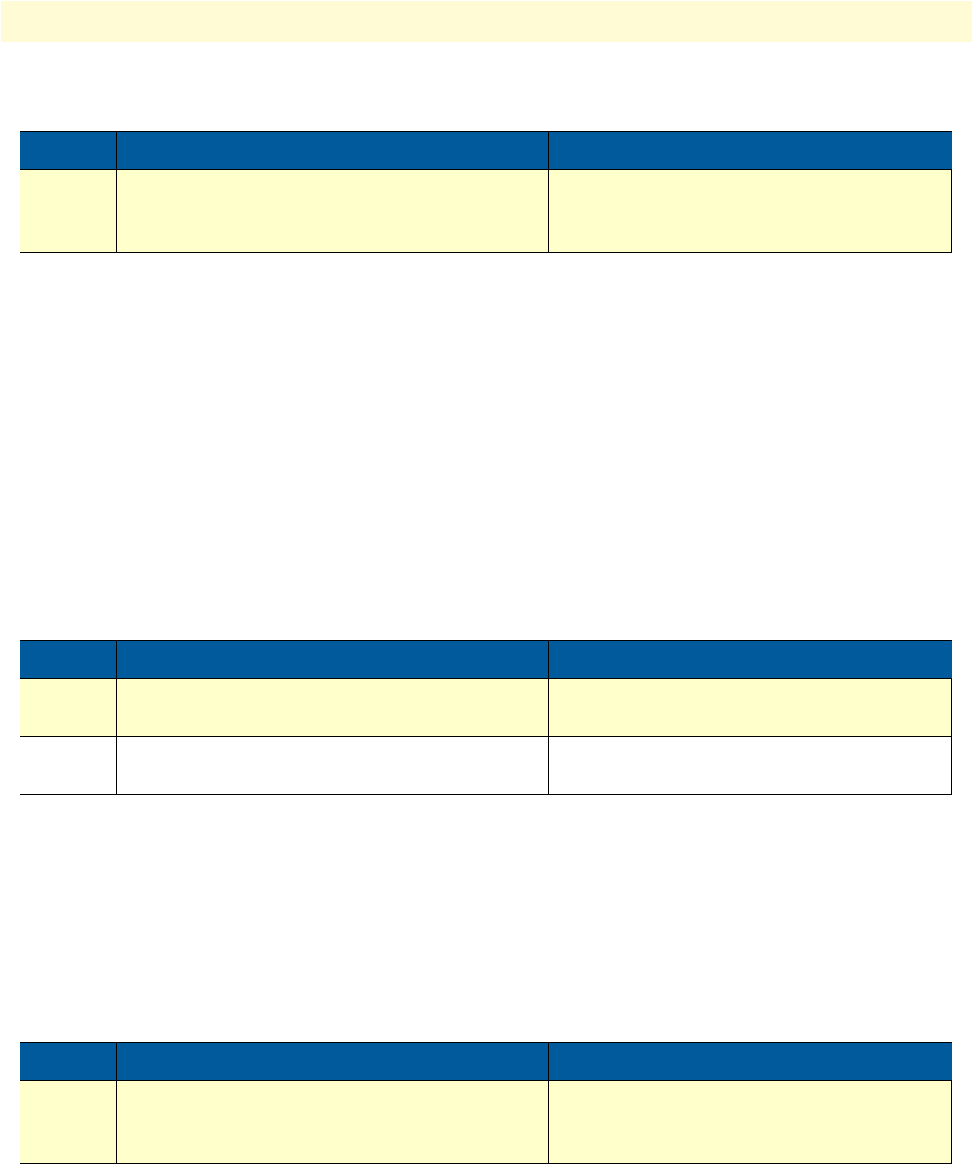
SIP interface configuration task list 446
SmartWare Software Configuration Guide 39 • SIP interface configuration
Mode: Interface SIP
Configuring early call connect / disconnect (Optional)
Normally, SIP calls are fully connected by sending a 200 OK response to the INVITE request, if the called
party answers the call. Any call progress tones or announcements are transmitted in the early SIP dialog. How-
ever, there are several SIP user agents that do not support media to be transmitted or received in an early dia-
log. To solve this problem, it is possible to connect the SIP call using a 200 OK response to the initial INVITE
request as soon as in-band information is available. This will allow any SIP user agent to receive pre-call inband
information.
Early call disconnect suppresses busy tones (e.g. disturbing a telephone conference) and post-call announce-
ments by sending a BYE message to the remote SIP user agent when the connected terminal hangs up (ISDN:
when Disconnect message is received; analog line: when busy tone is detected, loop current is interrupted, or
battery voltage is reversed).
Mode: Interface SIP
Configuring address translation (Optional)
Mapping call-control properties in SIP headers
This functionality specifies rules for building the SIP headers for outgoing SIP requests. The user can configure
which call-control property should take place as the user-part, the host-part or as additional parameter in a SIP
header's URI.
Mode: Interface SIP
Step Command Purpose
1
[node](if-sip)[if-name]#use profile tone-
set profile-name
Defines an alternate Tone-Set profile to be
used for this SIP interface.
Default: default
Step Command Purpose
1
[node](if-sip)[if-name]#[no] early-connect Enables/Disables early call connect
Default: disabled
2
[node](if-sip)[if-name]#[no] early-discon-
nect
Enables/Disables early call disconnect
Default: disabled
Step Command Purpose
1
[node](if-sip)[if-name]#[no] address-
translation outgoing-call {header} {parame-
ter} {source} {property}
Specifies an outgoing address translation
rule.



